C. P. E. Bach: Spiritual Songs
C. P. E. Bach's two collections of religious songs, published in 1758 and 1780-81, were among the most popular eighteenth-century Lieder publications. Here a selection of them is recorded for the first time with complete texts and accompanied with the clavichord, the composer's favourite instrument, underlining their intimate nature, intended more for private devotional use than for public performance. The recording includes the 'Hamlet Fantasy' that resulted when the poet Heinrich Wilhelm von Gerstenberg imposed his paraphrase of Hamlet's soliloquy on one of C. P. E. Bach's keyboard pieces.
Norbert Meyn, tenor
Terence Charlston, clavichord
Listen To This Recording:
-
From Herrn Professor Gellerts Geistliche Oden und Lieder mit Melodien, WQ194/H686 (1758)
- No. 14 Passionslied (Passion Song)
- No. 9 Bitten (Prayer)
- No. 7 Pru?fung am Abend (Self-Reflection in the Evening)
- No. 31 Abendlied (Evening Song)
- No. 45 Busslied (Song of Penance)
- Nos. 24t25 Trost eines schwermu?tigen Christen (Consolation for a heavy-hearted Christian)
- ‘Seyn oder Nicht-seyn’, Phantasie von C. P .E. Bach mit untergelegtem Text von Gerstenberg (‘To be, or not to be?’ Fantasia in C minor with words by H. W. von Gerstenberg) (pub. 1787)
- Vol. 1, No. 29 U?ber die Finsternis kurz vor dem Tode Jesu (On the Darkness shortly before Jesus’ Death)
- Vol. 1, No. 2 Passionslied (Passion Song)
- Vol. 1, No. 13 Der Tag des Weltgerichts (The Day of Judgment)
- Vol. 2, No. 18 Empfindungen in der Sommernacht (Feelings in the Summer Night)
- Vol. 1, No. 14 Der Fru?hling (Spring)
From Sturms geistliche Gesänge mit Melodien, Vols. 1 and 2, WQ197–98/H749 and 752 (1780–81)
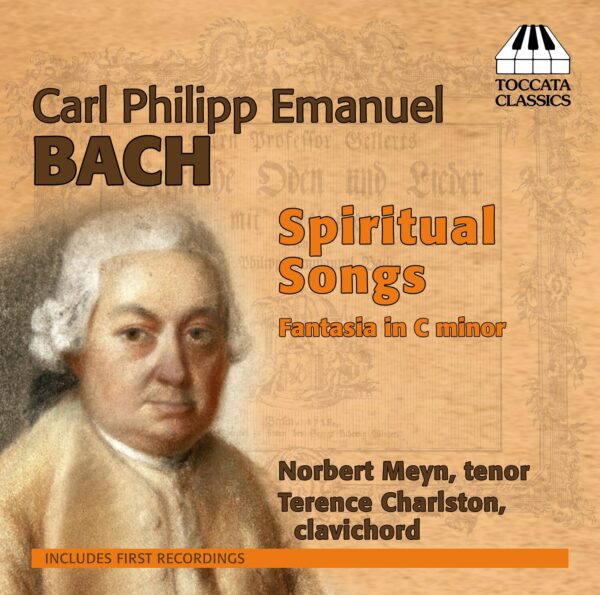
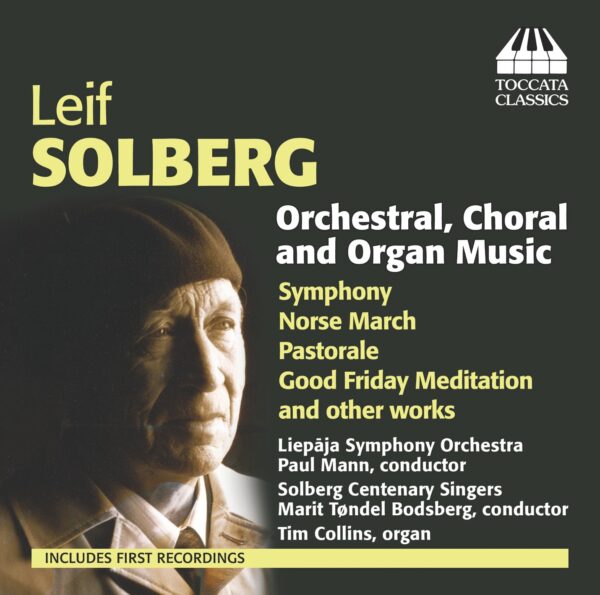
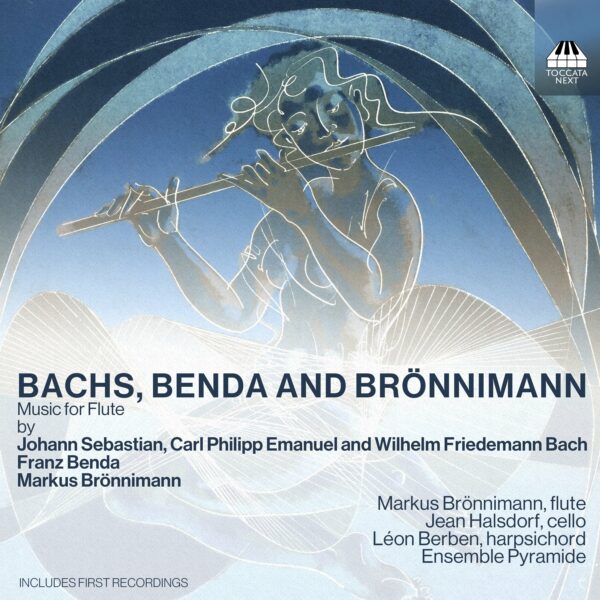
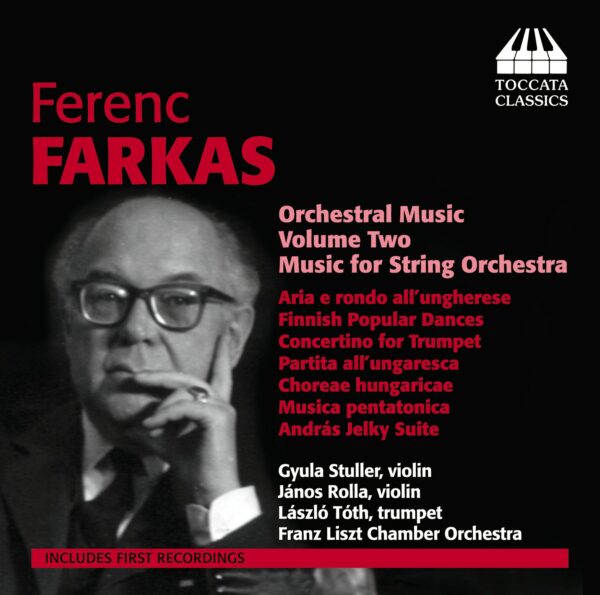
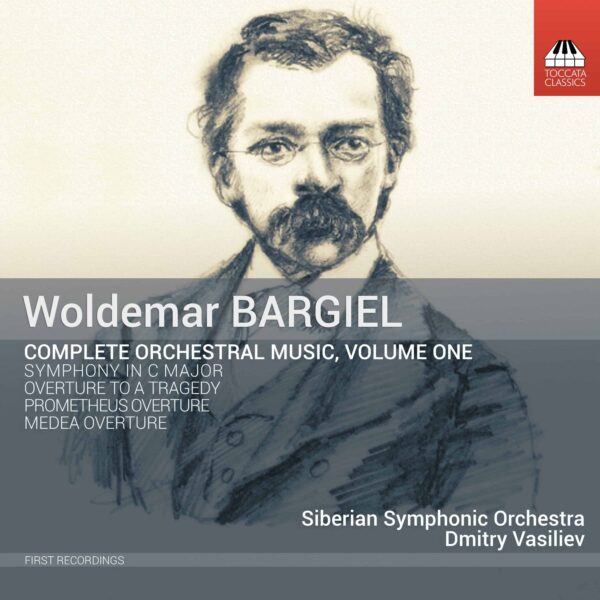
MusicWeb International :
‘… The performance with a clavichord is another asset of this disc. It gives food for thought and could well lead to a more differentiated approach to this repertoire. This disc is also an eloquent plea for a complete performance of songs. I can’t see any reason why a song by CPE Bach or any of his contemporaries should be performed incomplete. Nobody would omit stanzas from a Schubert song.’
—Johan van Veen, MusicWeb International
Fanfare Magazine :
‘…As for the songs themselves, one should remember that often during this period much of the keyboard work was directed by figured bass, but here the accompaniments are often fully written out. The result is a thicker texture that allows for Bach’s often gnarly harmony and modulation to be fully realized. It also gives the works a special intimacy, such as the reflective description of the crucifixion in Sturm’s “Über die Finsternis kurz vor dem Tode Jesu,” where the voice often floats as if viewing a vista from afar. In Gellert’s “Abendlied” Bach is more conservative, providing a gentle aria as if from a reflective cantata. All of these works with the exception of the fantasy are strophic, sometimes with multiple verses, meaning that the emphasis shifts to clarity of text rather than relying upon musicality. This is something that one finds in both Johann Friedrich Reichardt, Carl Friedrich Zelter, and even Franz Schubert (long afterwards). …As for the performance, tenor Norberg Meyn has a light and intimate voice, apparently cautiously dialed back to make the lines appear plain and simple. The choice of the clavichord, with its barely-audible sound at times and its more flexible practice, is a good one, particularly since it was Bach’s favorite instrument.’
—Bertil van Boer, Fanfare Magazine, September/October 2014
musica Dei donum :
‘I know various previous recordings, and especially those by Dorothee Mields and Klaus Mertens are outstanding. All the songs on the present disc are also included in one of these CPO recordings, but there most songs are performed incomplete (which is not indicated in the respective booklets). That very fact makes the present disc a substantial addition to the discography. The performance with a clavichord is another asset of this disc. It gives food for thought and could well lead to a more differentiated approach to this repertoire. This disc is also an eloquent plea for a complete performance of songs. I can’t see any reason why a song by CPE Bach or any of his contemporaries should be performed incomplete. Nobody would omit stanzas from a Schubert song. […]
The songs are quite different in character and that comes off very well.’
—Johan van Veen, musica Dei donum